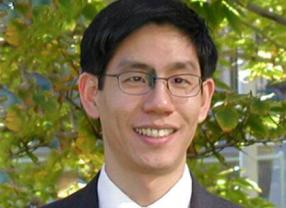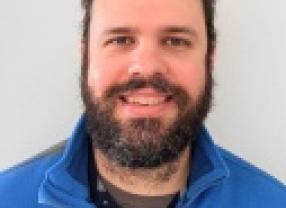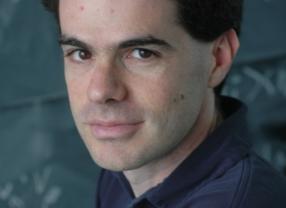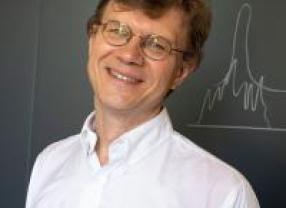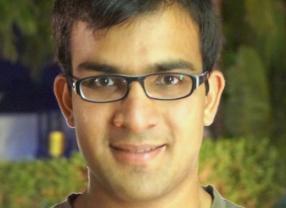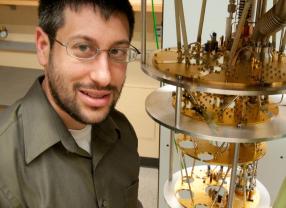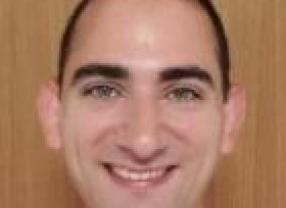
10
Jun
2021
16:30
Dr. Uzi Pereg: "An Information-Theoretic Perspective on Quantum Repeaters"
Weekly seminar
10 Jun 2021
16:30
to
17:30

We consider communication over a quantum broadcast channel with cooperation between the receivers. Through this setting, we provide an information-theoretic perspective on quantum repeaters.
First, we observe that entanglement resources alone do not increase the achievable communication rates.

